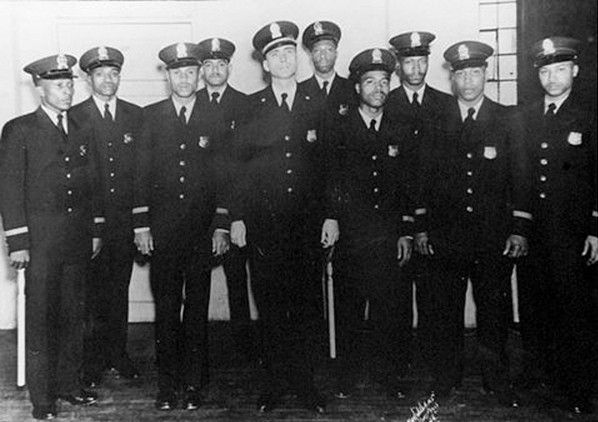Jonathan Woods is a resident of Frayser, an area identified as one of the city’s criminal hotspots by law enforcement. And he knows all too well about his neighborhood’s crime problem.
Last year, he lost a friend to gun violence in Frayser, and he acknowledges frequently hearing about various crimes taking place in his community. However, he said he hasn’t personally been a crime victim since moving to the area in 2011.
“You always hear little stories about how rough it is, how the crime is, but it’s not really that bad,” Woods said. “You hear occasional gun shots that make you feel a little nervous but other than that, the neighbors are fine … the people I run across, I haven’t had any problems with them. It’s all in how you make it and how you live.”
According to Memphis Police Department (MPD) data, some of the crimes that plague Frayser and other areas of the city have slightly decreased compared to the same time period last year.
From January 1st to July 22nd of this year, there have been 25,739 “part-one” crimes, which include criminal homicides, aggravated assaults, forcible rapes, robberies, thefts, and burglaries. In 2013, over the same time period, 26,580 such crimes occurred.
Michelle Fowlkes, executive director of the Memphis-Shelby County Crime Commission, said Operation: Safe Community, a crime-reduction initiative that launched in late 2006, has played a significant role in decreasing the presence of part-one crimes.
Using various research-backed, data-driven strategies, the initiative aims to influence reductions in five areas: violence in the home, drug and gang crime, blight and property crime, adult repeat offenders, and youth violence. According to Operation: Safe Community data, from 2007 to 2011, the initiative has helped reduce major violent crime by 22.8 percent and major property crime by 25.5 percent.
“We still have a lot of work to do, but I feel, overall, we will continue to decrease crime,” Fowlkes said. “If you look at the crime numbers of 2006 and you compare them to last year, we are still reducing crime significantly. We’re nowhere near where we were at that period of time.”
According to Operation: Safe Community’s monthly crime report, in 2006, from January 1st to June 30th, there were 86 murders, 208 forcible rapes, 3,956 aggravated assaults, and 2,529 robberies in Memphis. Over the same time frame in 2014, there have been 69 murders, 172 forcible rapes, 3,752 aggravated assaults, and 1,569 robberies.
Shelby County District Attorney General Amy Weirich said the reduction in part-one crimes is “a step in the right direction” and showcases successful efforts by law enforcement, such as data-driven policing, and the effect of the legislature strengthening violent crime and gun laws.
Weirich said citizens could also contribute to lowering crime by simply being “a good neighbor.”
“If you witness something that you think is suspicious, pick up the phone and call the police,” Weirich said. “They’d much rather get that phone call than the phone call when somebody gets home and finds out their home has been burglarized.”
Woods said he thinks providing at-risk youth with more outlets and activities could have an impact on their futures and could also improve their communities.
“The more stuff you can have for the kids to do, the better,” Woods said. “Everything may not work, but at least you’re trying. If the kids feel like you’re trying, they’ll start to try.”






 Toby Sells
Toby Sells  Justin Fox Burks
Justin Fox Burks 
